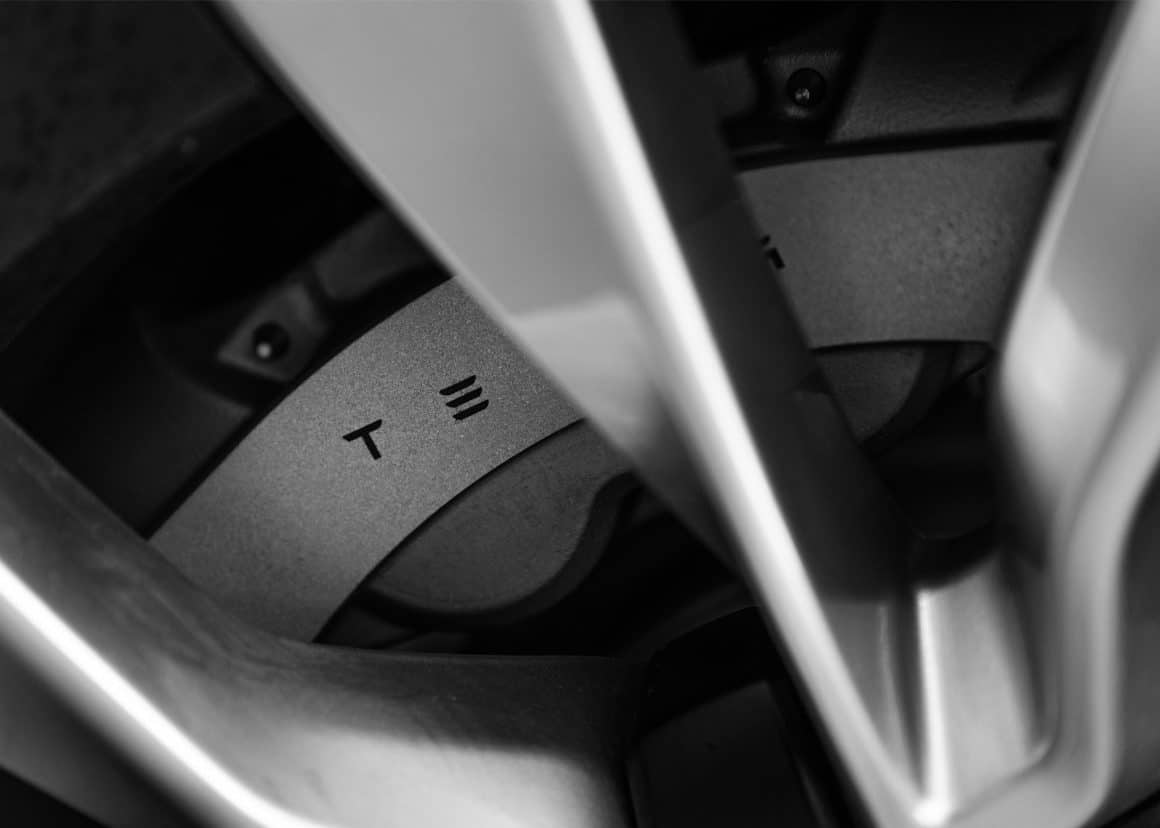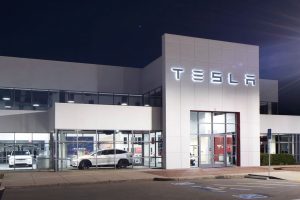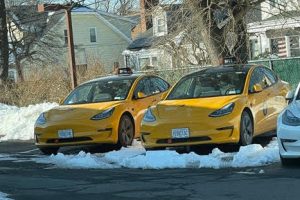- 🌪️ Typhoon Bebinca, the strongest in 75 years, recently hit Shanghai, causing significant destruction.
- 🏠 Over 400,000 people were evacuated in Shanghai, with significant transportation disruptions including flight and train service cancellations.
- 🚗 Elon Musk instructed the Tesla Shanghai team to aid those affected by the typhoon to the best of their ability, continuing a tradition of support during natural disasters.
- 🌳 Videos showed extensive damage, such as uprooted trees and city floods, post-typhoon.
- ⚡ Tesla and SpaceX have a history of aiding disaster-struck areas, offering free Supercharger access and Starlink kits respectively in the past.
In recent times, the marvels of technological advancement have fused with humanitarian efforts, leading to remarkable initiatives in disaster response. Typhoon Bebinca, which hit Shanghai with unprecedented force, has unveiled a new chapter in this evolving narrative. How did one of the world’s leading tech giants, Tesla, respond to the tragedy, and what does it signify for the future of disaster relief?
The Might of Typhoon Bebinca
Typhoon Bebinca recently made history as the strongest storm to hit Shanghai in the past 75 years. The disaster left a trail of destruction, uprooting trees and flooding city streets. In preparation for such a colossal natural event, authorities took critical actions, including the evacuation of over 400,000 residents. Transportation networks ground to a halt, with flights canceled and train services suspended. This calamitous event highlighted the vulnerability of densely populated urban regions to extreme climate conditions.
A Unified Call to Action
As Shanghai grappled with the aftermath, another urgent call to action emerged. This call came not from local governments but from one of the most prominent figures in tech innovation: Elon Musk. Under his directive, the Tesla Shanghai team mobilized to offer assistance to those in need, striving to deliver support and relief wherever possible. This move was part of Musk’s broader philosophy of leveraging corporate resources and technological assets for humanitarian purposes.
Tesla’s Tradition of Support
Tesla’s response to Typhoon Bebinca wasn’t an isolated incident but rather part of a longstanding tradition. Both Tesla and its sister company, SpaceX, have established a precedent for providing aid during natural disasters. Some notable contributions include:
- Supercharger Access: During past calamities, Tesla has offered free access to its Supercharger network to ensure that electric vehicle owners can evacuate to safety without worrying about charging expenses.
- Starlink Kits: SpaceX has proven its capability to quickly deploy communications infrastructure in disaster-hit areas, helping to reconnect isolated communities via Starlink satellite kits.
These initiatives underscore an essential melding of business acumen with genuine humanitarian concern.
The Future of Disaster Response
The proactive stance taken by tech giants like Tesla offers several insightful takeaways regarding the future of disaster response:
- Integrated Technology and Aid: As technology becomes more intertwined with daily life, integrating tech solutions into disaster preparedness and relief can enhance efficiency and effectiveness. For instance, using satellite data to predict and respond to natural disasters more accurately.
- Corporate Social Responsibility (CSR): Tesla’s approach could inspire other corporations to adopt similar CSR policies, prioritizing immediate disaster relief through corporate resources.
- Sustainability and Resilience: Emphasizing sustainable practices not only aids in disaster prevention but also in recovery, reinforcing communities to withstand future calamities.
Lessons for Policymakers and Businesses
The situation in Shanghai should prompt policymakers to reflect on how corporate resources can be leveraged as part of a comprehensive disaster management strategy. Similarly, businesses should consider developing or refining their disaster preparedness and response plans, ensuring that they can act swiftly and effectively when needed.
Conclusion
The aftermath of Typhoon Bebinca demonstrates that disasters, although devastating, also open up opportunities for innovation and change. Companies like Tesla are at the forefront of providing immediate assistance, showing that corporate resources can be powerfully leveraged to bring aid to those most in need. As we move forward, the lessons learned from such initiatives will likely guide future disaster response practices, highlighting the intersection of technology and humanitarian aid.





